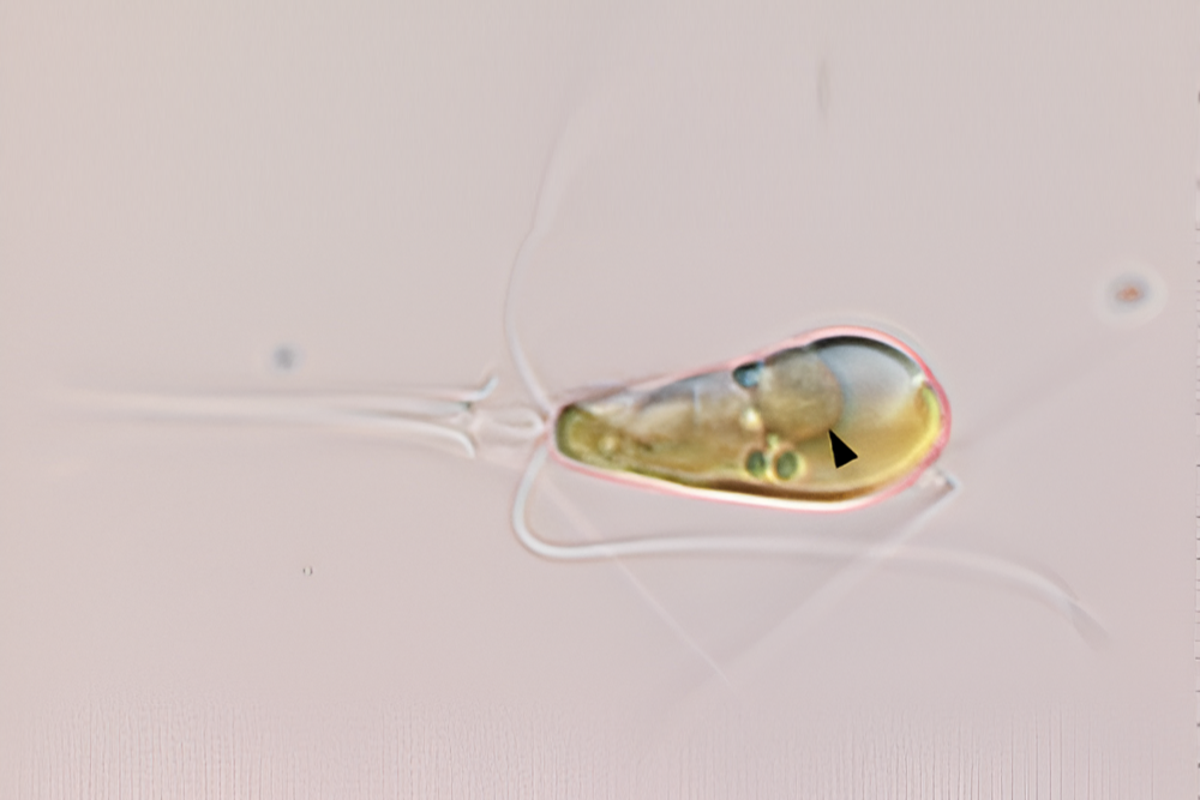
Oceanic Algae and Bacteria Merge in Primary Endosymbiosis: A Revolutionary Discovery that Advances Evolutionary Research and Agriculture
Discover the evolutionary event that has taken place between a species of algae commonly found in the ocean and a bacterium. The international team of scientists who made this discovery observed this phenomenon, which is known as primary endosymbiosis. This process involves the algae engulfing the bacterium and providing it with nutrients, energy, and protection in return for functions it previously couldn’t perform.
Tyler Coale, a postdoctoral researcher at the University of California, Santa Cruz, led one of the two recent studies that uncovered this phenomenon. He explained that the first time this event occurred, it gave rise to all complex life through mitochondria. In another instance, which happened a billion years ago, it led to the evolution of plants through chloroplasts.
Researchers from institutions such as MIT, the University of Rhode Island, UC San Francisco, UC Santa Cruz, Lawrence Berkeley National Laboratory, Institut de Ciències del Mar in Barcelona, National Taiwan Ocean University and Kochi University in Japan were involved in this groundbreaking research. They believe that their discovery will provide new insights into evolution and potentially revolutionize agriculture by engineering organelles like these into crop plants.
The study was published in two scientific journals: Science and Cell. This discovery marks a significant milestone in understanding how life forms evolve and merge over time.

